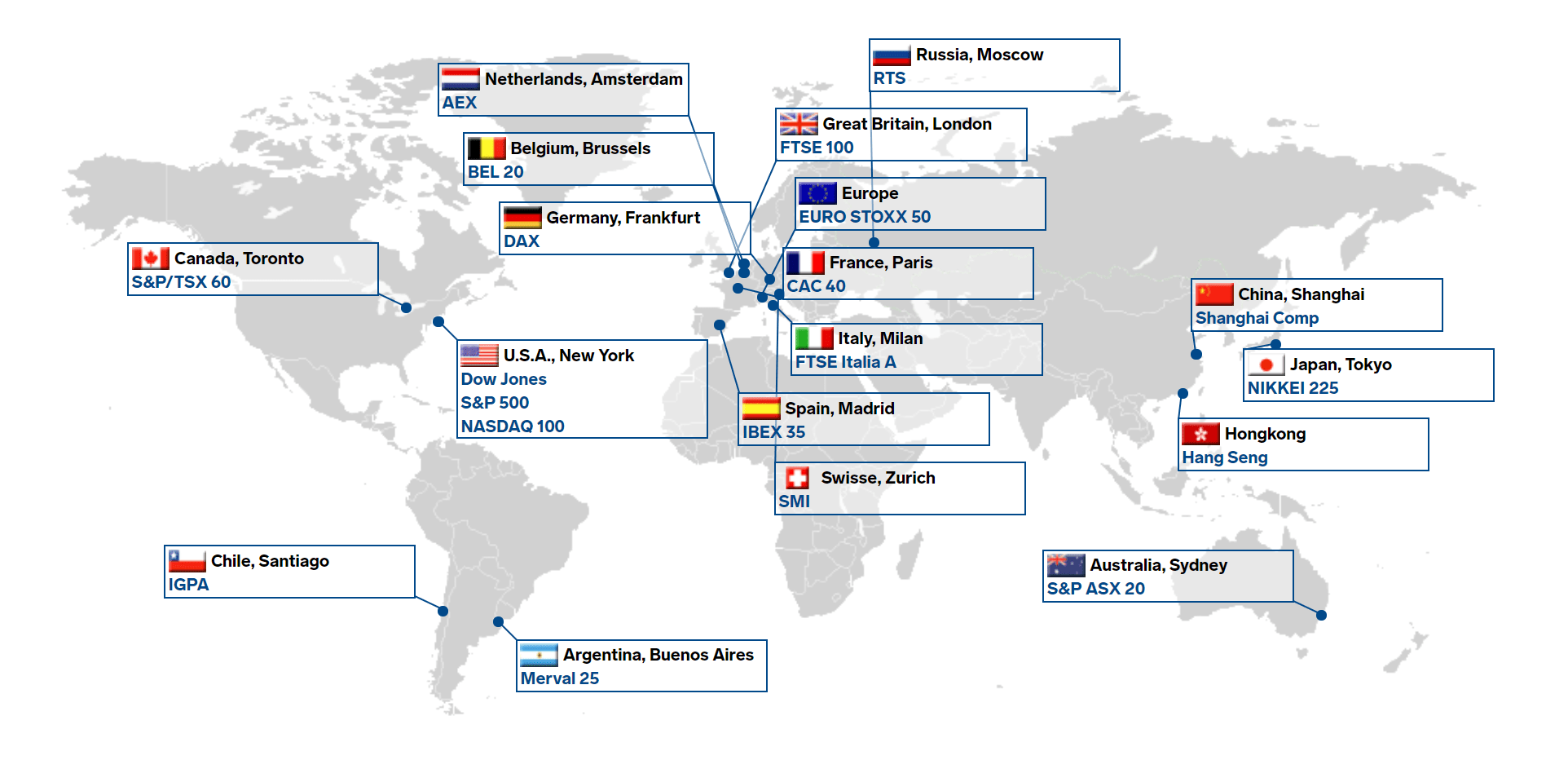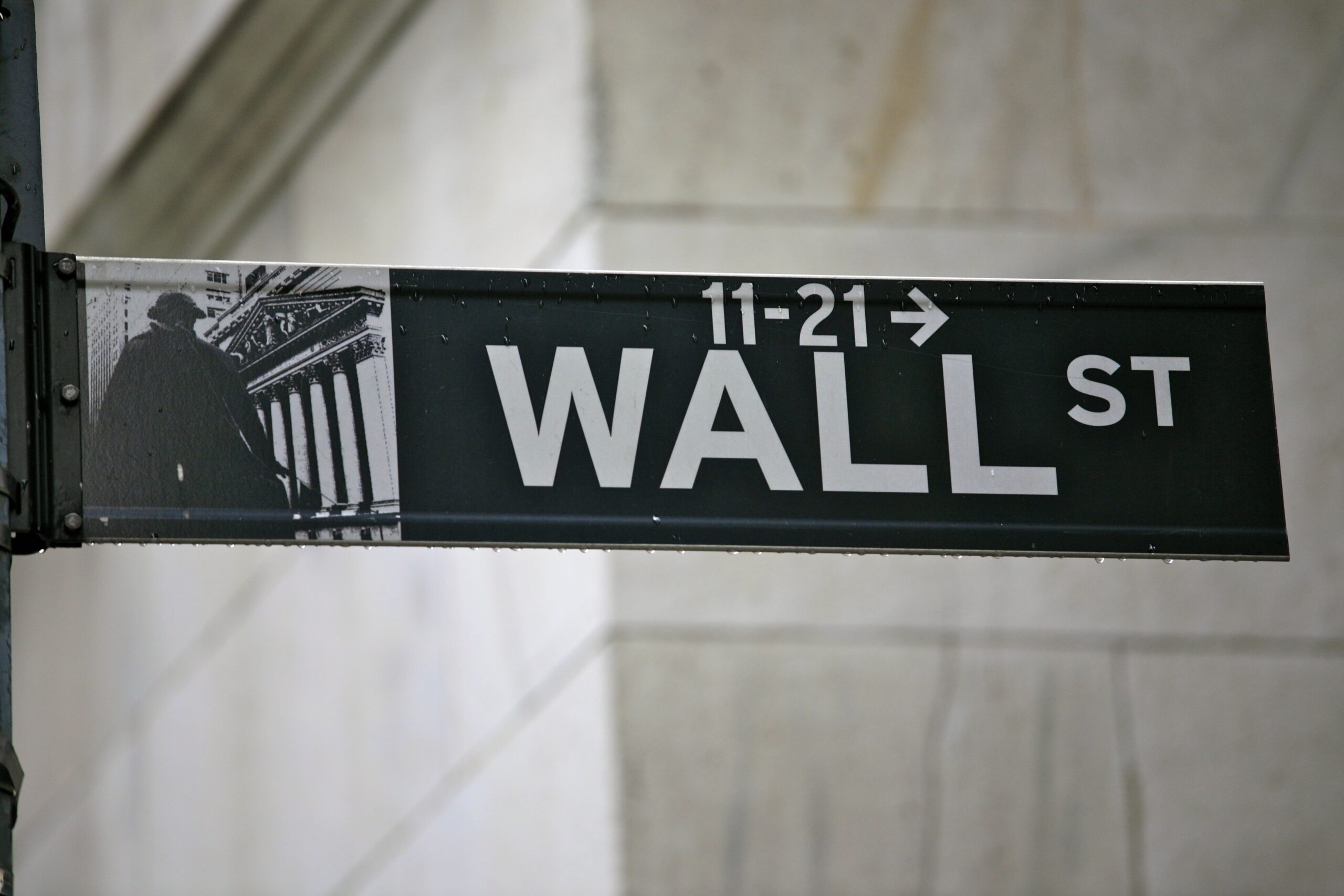
Thought For A Day


The ability to be aware of and understand your own emotions, thoughts, and behaviors is critical for any trader who wants to be successful. After all, if you don’t know what’s going on inside your head, how can you make sound decisions about trades?
There are a few things that you can do to become more self-aware as a trader. First, keep a trading journal and document not only your trades, but also your emotions leading up to and during the trade. This will help you to identify patterns in your thinking and behavior.
Second, take some time each day to reflect on your trading activities. What went well? What could you have done better? What did you learn?
Third, consider working with a coach or therapist who can help you to understand yourself better. This is an important step for many traders who want to achieve long-term success.
By increasing your self-awareness, you’ll be able to make better decisions about your trades and ultimately achieve the level of success that you desire.
The US CPI data will be a key event on Thursday, but on Friday, the stock earnings season gets underway. The banks traditionally kickstart the season and that is no different this quarter. On Friday the following financials will be reporting:
In addition to those financials, the following will also report:
The earnings season is being characterized as one where the bar has been set low. That can be good and bad of course. If you beat handily because the expectations have been pushed so low, your stock can get a huge boost. Conversely, a miss, and you are toast.
Overall analysts are expecting their first year over year decline since the height of the pandemic. Earnings are expected to fall -4.1%. That is well off the 31% growth seen a year ago helped by the pandemic rebound of course.
Fitch Ratings not joining in the post-NFP optimism.
Fitch forecasts global GDP growth will slow to 1.4% in 2023
—
Markets not paying any attention to Fitch …
Monday Asia is seeing oil up more than USD1 for CL and Brent.
APAC stocks rising:
Across major FX the USD is down almost across the board:
Gold, silver both higher.
Citigroup CEO Jane Fraser in a written interview with Japan’s Nikkei media (may be gated). It was conducted in December but the Nikkei only just published it over the weekend.
Main points:

Week Ahead January 9-14th:
MON: Swiss Unemployment (Dec), German Industrial Output (Nov), EZ Sentix (Jan), Unemployment (Nov), Chinese Exports/Imports (Dec)
TUE: EIA STEO; Norwegian CPI (Dec), US NFIB (Dec), Chinese M2 & New Yuan Loans (Dec)
WED: Australian CPI (Nov)
THU: Australian Trade Balance (Nov), US CPI (Dec), IJC (w/e 2nd Jan)
FRI: ECB TLTRO Repayment Amount Publication; UK GDP (Nov), Swedish CPIF (Dec), EZ Trade Balance (Nov), Industrial Production (Nov), US University of Michigan Prelim. (Jan), German Wholesale Price Index (Dec), Canadian Housing Starts (Dec)
Note: Previews are listed in day-order
Chinese CPI (Thu): There are currently no expectations for the December Chinese inflation data release. To recap the prior report, CPI Y/Y rose 1.6% in November from the 2.1% pace in October, with prices of food printing at 3.7%, 3.3ppts lower than October, according to Global Times (GT). A bulk of the consumer inflation was fuelled by food prices in the month – with prices of pork soaring 34.4%. “According to a research report issued by the China International Capital Corporation (CICC), the tightened supply of live pigs has been ameliorated in November amid Chinese authorities’ scaled-up policy adjustment”, reported GT. China set a consumer inflation target of around 3% for 2022. PPI meanwhile fell 1.3% in November, largely due to base effects. Using the latest Chinese Caixin PMI data as a proxy for December, the release suggests “Input costs faced by Chinese firms rose at the slowest rate since September and only marginally. Prices charged were meanwhile stable, as discounting at manufacturers was offset by price hikes at services firms.” From a broader policy perspective, Caixin’s Chief Economist warned – “Under pressure from shrinking demand, weakening expectations and a supply shock, the annual Central Economic Work Conference stated that the foundation for an economic recovery is not solid. Policymakers have made it clear that priority must be given to the recovery and expansion of domestic consumption.”

